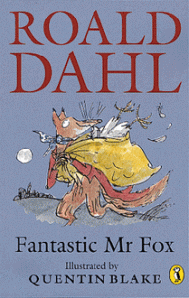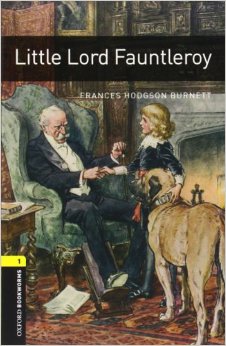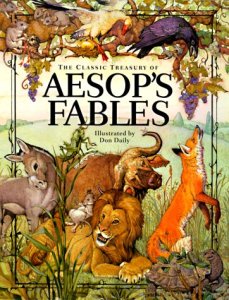 2015 marks the 150th year of Lewis Carroll’s classic – Alice’s Adventures in Wonderland. It has been popular in every generation since it was published in 1865 and looks to stay that way. To show my appreciation for that wonderful novel… I’m recommending its sequel – Through the Looking-Glass because I believe it ought to be as popular.
2015 marks the 150th year of Lewis Carroll’s classic – Alice’s Adventures in Wonderland. It has been popular in every generation since it was published in 1865 and looks to stay that way. To show my appreciation for that wonderful novel… I’m recommending its sequel – Through the Looking-Glass because I believe it ought to be as popular.
Through the Looking-Glass continues Alice’s adventures in which she enters another fantasy world, this time through a mirror. The story begins with Alice playing with her kittens, Snowdrop and Kitty. After a while, she starts to contemplate what the world is like on the other side of a mirror. Contemplation leads to action and Alice climbs up on the fireplace mantle to poke at the mirror hanging there. All of a sudden, she finds herself stepping through into the reflected world and another strange adventure begins.
If you’ve watched the 2010 Alice in wonderland movie then you would have seen Tweedledum and Tweedledee, this novel is where they came from. She also meets Humpty Dumpty, the White Queen and let’s not forget the Jabberwocky! That creature is also from this novel. In fact, while we’re on the subject, let me share my favourite nonsense poem which is about the Jabberwocky and also found in this novel!
Jabberwocky
’Twas brillig, and the slithy toves
Did gyre and gimble in the wabe:
All mimsy were the borogoves,
And the mome raths outgrabe.
“Beware the Jabberwock, my son!
The jaws that bite, the claws that catch!
Beware the Jubjub bird, and shun
The frumious Bandersnatch!”
He took his vorpal sword in hand;
Long time the manxome foe he sought—
So rested he by the Tumtum tree
And stood awhile in thought.
And, as in uffish thought he stood,
The Jabberwock, with eyes of flame,
Came whiffling through the tulgey wood,
And burbled as it came!
One, two! One, two! And through and through
The vorpal blade went snicker-snack!
He left it dead, and with its head
He went galumphing back.
“And hast thou slain the Jabberwock?
Come to my arms, my beamish boy!
O frabjous day! Callooh! Callay!”
He chortled in his joy.
’Twas brillig, and the slithy toves
Did gyre and gimble in the wabe:
All mimsy were the borogoves,
And the mome raths outgrabe.
(Extract from Through the Looking-Glass, and What Alice Found There)
I learnt this poem in year 6 and I have never forgotten it! There’s a beauty in the language of this poem that I have not found in any other nonsense poem. I love Alice in Wonderland, but I prefer Through the Looking-Glass simply because it has my favourite poem. It seems to me that even if you’ve never read the book, at least the general story of Alice in Wonderland is known but its a shame this is not true for through the Looking-Glass. Truthfully now, have you read Through the Looking-Glass?
Interesting Fact: Jabberwocky is considered to be the greatest nonsense poem ever written in the English language. It has added some neologisms to the ever expanding English lexicon. E.g. Chortle, galumphing.
 Greetings everyone, how’s it going? I’ve been binge reading the Hardy Boys series over again and I’m done. Not that I read the complete series but my nostalgia has been satisfied for now. It’s been a while folks, but I have a new recommendation for you coming up soon. It’s an old classic.
Greetings everyone, how’s it going? I’ve been binge reading the Hardy Boys series over again and I’m done. Not that I read the complete series but my nostalgia has been satisfied for now. It’s been a while folks, but I have a new recommendation for you coming up soon. It’s an old classic.








